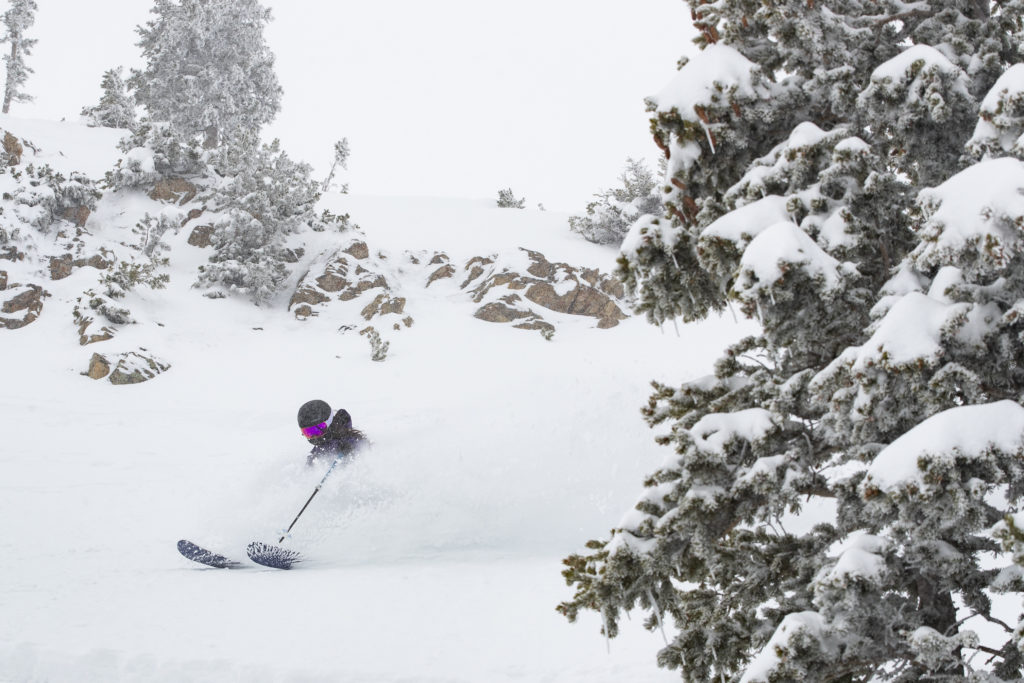
Skiers visiting a Utah resort this winter will likely notice a flurry of COVID-19-inspired adjustments.
After an abrupt end to last year’s ski season, Utah resorts are implementing several safety precautions such as mask mandates, reservation systems and socially distant lift lines in hopes of opening on time and keeping the lifts spinning all winter long.
“There’s no doubt that this season is going to look different,” said Park City Mountain Resort communications manager Jessica Miller. “But we’re focused on doing everything we can to keep our guests, employees and communities safe and stay open all season long. If we all work together and remain vigilant, we’re going to have a fantastic season from start to finish.”
Vail Resorts, which manages the Park City resort, was one of the first ski corporations in the country to announce its COVID safety plan for the upcoming season back in August. Among the most notable changes is a mandatory ticket reservation system that gives priority to season pass holders.
Alta ski area, located up Little Cottonwood Canyon, will be limiting the number of people on the mountain by managing its available parking on a first-come, first-served basis. According to communications manager Andria Huskinson, Alta officials will determine daily mountain capacity based on weather, snowpack, available terrain and capacity of the resort’s indoor facilities.
“Our website is a big thing that we want people to check before they even get in their car to come up to make sure there is parking,” Huskinson said. “We will keep our parking lot status updated online by saying ‘parking full,’ or ‘we anticipate parking to be full at 10 a.m. this morning.’”
Huskinson also noted Alta will alternate which lines skiers can wait in before getting on the lift, calling the empty ones “ghost lanes.” The resort is also encouraging skiers to spend no longer than 20 minutes at a time inside any one of the day lodges and will offer a number of additional grab-and-go food options this season.
“Even though skiing will definitely look a lot different this year, in the end, we will still be skiing the same Alta powder,” Huskinson said.
Sara Huey, Solitude Mountain Resort communications manager, outlined similar guidelines with regard to the resort’s day lodges. Huey noted the resort plans on offering more outdoor seating than in years past as well as additional tents and heaters.
Additional changes at Solitude this winter are focused on getting guests through “pinch points” and onto the slopes as quickly as possible, according to Huey. Looking ahead, Huey hopes this season’s COVID-related adjustments can improve the overall ski experience at the resort in the years to come.
“I anticipate this will create a better guest experience with the many upgrades we will carry into the future, such as touch-less interactions and regulating crowding in rental shops,” Huey said.
Additional Utah ski resorts such as Snowbird, Brighton and Deer Valley have implemented similar regulations in hopes of limiting COVID spread as opening day inches closer. Brighton is currently slated to be the first Utah ski resort to open this season on Nov. 19, snow conditions and weather permitting.
Sundance Mountain Resort, located just 13 miles from the BYU campus, hopes to release its full winter operational plan soon, according to communications manager Milan Norling. Resort officials are hoping to open for winter on Nov. 30.




